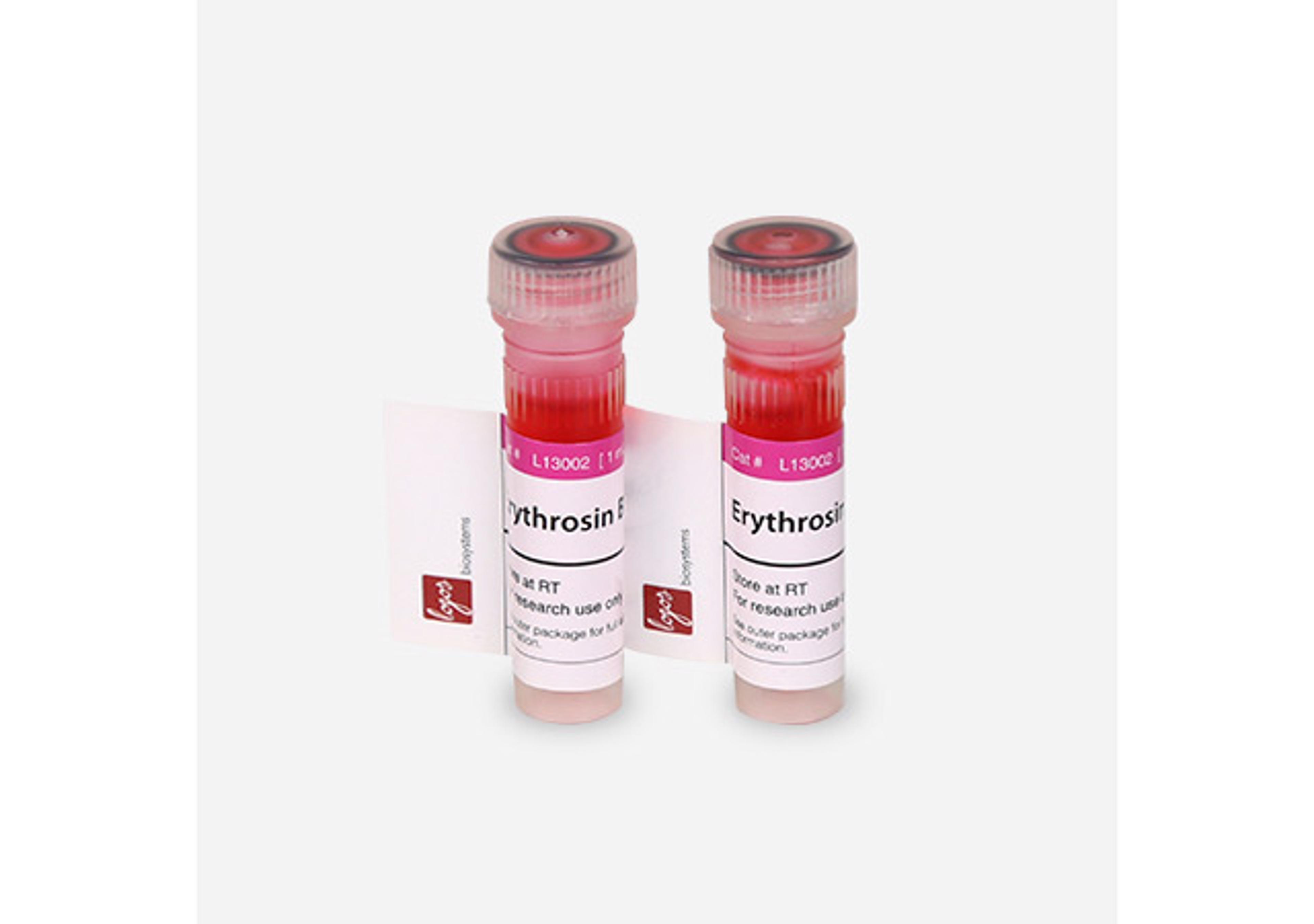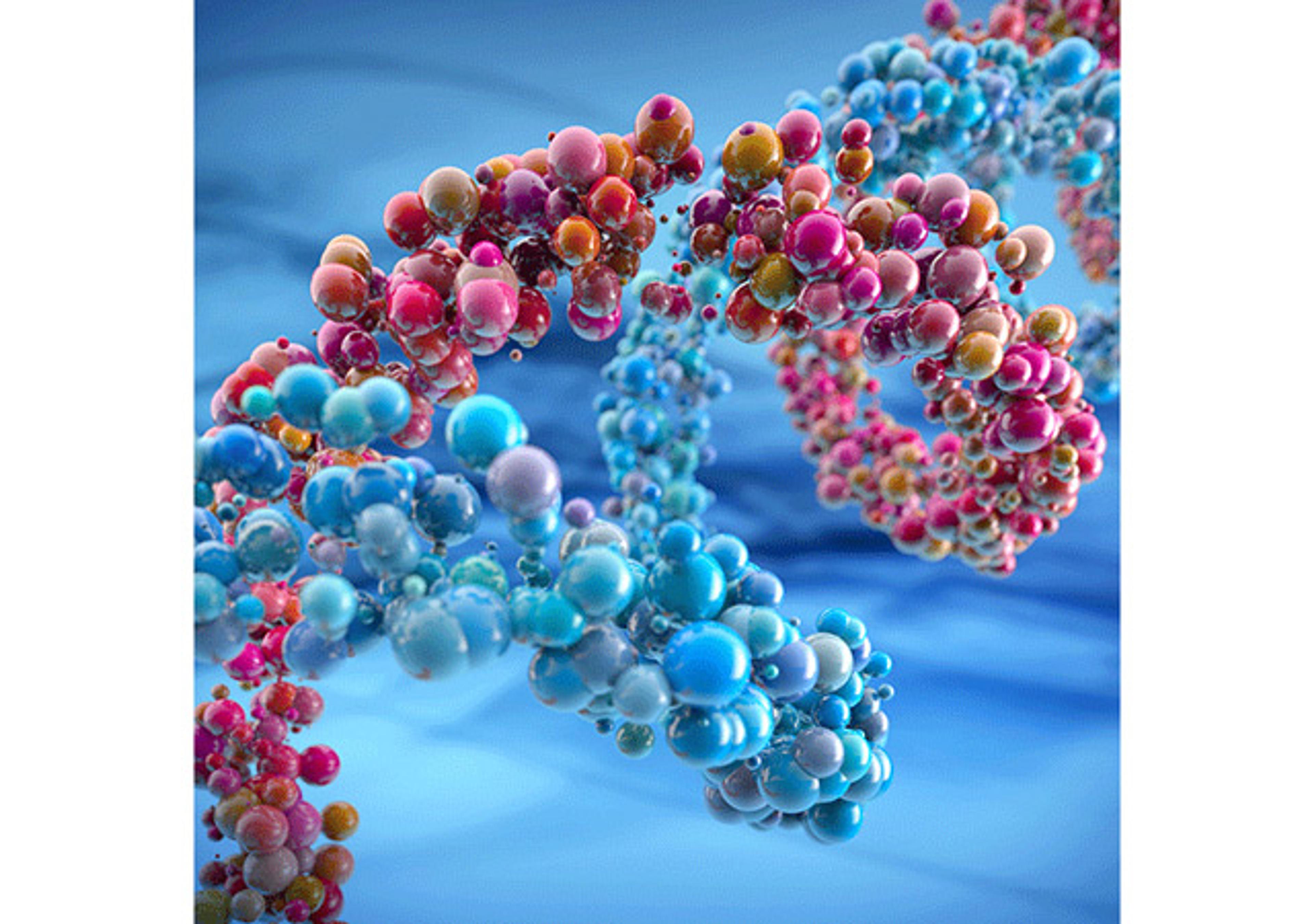pco.edge sCMOS camera
The new pco.edge camera is a breakthrough in scientific imaging cameras, due to its distinctive ability to simultaneously deliver extremely low noise, fast frame rates, wide dynamic range, high quantum efficiency, high resolution and a large field of view-all in one image. In the past emCCD image sensors featuring on-chip amplification were developed to detect the lowest level of light. However, amplification, while reducing r…

The supplier does not provide quotations for this product through SelectScience. You can search for similar products in our Product Directory.
The new pco.edge camera is a breakthrough in scientific imaging cameras, due to its distinctive ability to simultaneously deliver extremely low noise, fast frame rates, wide dynamic range, high quantum efficiency, high resolution and a large field of view-all in one image. In the past emCCD image sensors featuring on-chip amplification were developed to detect the lowest level of light. However, amplification, while reducing read out noise, comes at the expense of dynamic range. Both features are not possible simultaneously in emCCD sensors. In addition, the amplification process generates excess noise, which reduces the effective quantum efficiency (QEeff) of the emCCD sensor by the factor of two (e.g. the 90 % QE of a back illuminated emCCD sensor has an QEeff of 45 %). The excess noise present in emCCDs makes the pco.sCMOS the sensor of choice at light conditions above 2 photons per pixel (@ 60 % QE, assuming a cooled sensor with dark current = 0). Furthermore, available emCCD sensors are limited in resolution and frame rate. The new pco.edge offers in fast mode a frame rate of 100 frames/s (fps) at full resolution of 2560 x 2160 pixel. As in many CMOS based cameras the frame rate increases significantly if smaller regions of interest (ROI) are used. The reduction of the image area works as well in favour of the frame rate of CCD sensors, but here unwanted regions still need to be read out at the expense of the total readout speed. The typical frame rate for a 1.3 Mpixel scientific CCD camera (6 e- read out noise) is 10 fps. The new pco.edge camera provides at 1.3 Mpixel resolution (< 2 e- read out noise) a frame rate of 210 fps in comparison.


















